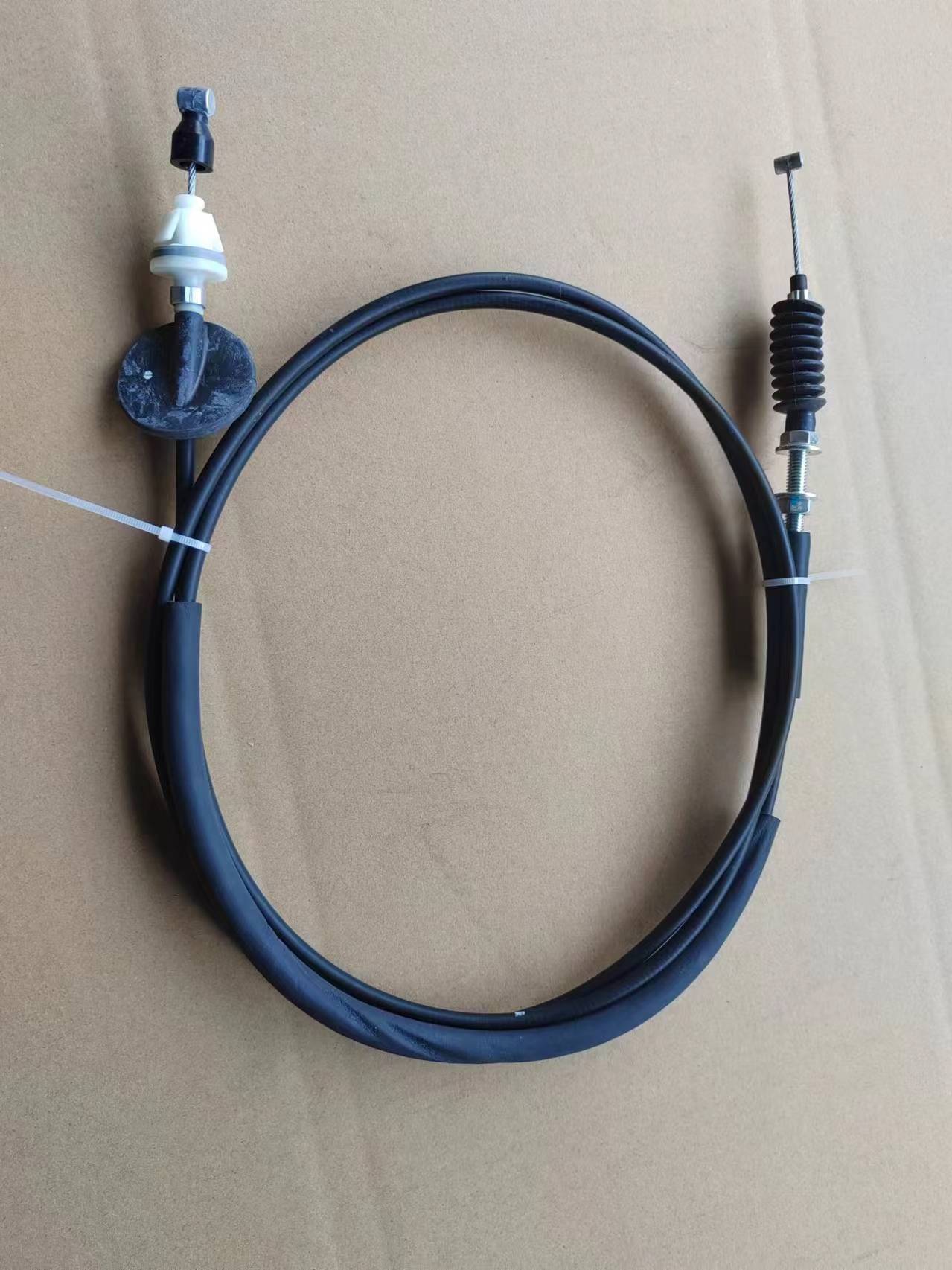hydraulic clutch line
Understanding the Hydraulic Clutch Line Functionality and Importance
The hydraulic clutch line is a crucial component of a vehicle's clutch system, playing a pivotal role in the operation of manual transmission vehicles. Understanding its functionality, construction, and potential issues can enhance vehicle maintenance and performance. In this article, we will delve into what a hydraulic clutch line is, how it works, and why it is essential for a smooth driving experience.
What is a Hydraulic Clutch Line?
A hydraulic clutch line is a flexible tube that connects the clutch master cylinder (located near the clutch pedal) to the clutch slave cylinder (usually mounted on the transmission). This line is part of a hydraulic system that uses fluid to transfer force from the pedal to the clutch mechanism. When the driver presses the clutch pedal, it activates the master cylinder, which then pushes hydraulic fluid through the line to the slave cylinder. This action disengages the clutch, allowing for smooth gear changes without grinding or conflicts.
How Does the Hydraulic Clutch System Work?
The hydraulic clutch system operates on the principle of hydraulics, leveraging the incompressibility of fluid to transmit force efficiently. Here’s a step-by-step breakdown of how it works
1. Pedal Engagement When the driver presses down on the clutch pedal, it exerts force on the master cylinder. 2. Fluid Pressure Creation The master cylinder converts this mechanical force into hydraulic pressure, forcing fluid through the hydraulic clutch line. 3. Force Transfer The pressurized fluid travels through the hydraulic clutch line to the slave cylinder. 4. Clutch Disengagement The slave cylinder receives the hydraulic pressure and mechanically disengages the clutch. This disconnection allows the driver to shift gears smoothly.
Importance of the Hydraulic Clutch Line
The hydraulic clutch line is vital for several reasons
- Efficiency This system reduces the physical effort needed to operate the clutch. It allows drivers to engage and disengage the clutch with minimal force, enhancing comfort during extended drives. - Precision Hydraulic systems provide precise control over the clutch's engagement and disengagement, essential for smooth gear shifts. This precision minimizes wear on the clutch and the transmission.
- Reduced Wear The hydraulic design leads to less mechanical wear compared to traditional cable systems. This longevity translates into fewer repairs and replacements over time.
- Improved Performance A well-maintained hydraulic clutch line ensures optimal performance of the clutch system, resulting in better power transmission from the engine to the wheels
.hydraulic clutch line

Common Issues with Hydraulic Clutch Lines
Despite their efficiency and advantages, hydraulic clutch lines can encounter issues, leading to a malfunctioning clutch system. Some common problems include
- Leaks Over time, the hydraulic lines can develop leaks due to wear or damage. A leak can lead to loss of hydraulic pressure, resulting in difficulty engaging or disengaging the clutch.
- Contamination Dirt and moisture can contaminate the hydraulic fluid, compromising its effectiveness. This contamination can cause sluggish operation or total failure of the clutch system.
- Air in the System If air becomes trapped in the hydraulic line, it can create a spongy clutch pedal feel and lead to incomplete clutch engagement. This problem typically requires bleeding the clutch line to remove the air.
Maintenance and Care
Proper maintenance of the hydraulic clutch line is essential for the longevity of the clutch system. Regular inspections can help identify any signs of wear or leaks early on. Additionally
- Fluid Changes Following the manufacturer’s recommendations for changing the hydraulic fluid can prevent contamination and keep the system functioning smoothly.
- Bleeding the System Periodically bleeding the hydraulic system helps remove any trapped air, ensuring optimal clutch performance.
- Visual Inspections Regularly check the hydraulic lines for signs of damage or leaks, particularly after major repairs or if you notice changes in clutch performance.
Conclusion
The hydraulic clutch line is an indispensable part of modern manual transmission vehicles. Understanding its function, importance, and maintenance needs can lead to better vehicle handling and longevity. By paying attention to the hydraulic clutch system, drivers can ensure a smoother, more efficient driving experience while minimizing potential issues.
-
Workings of Clutch Pipe and Hose SystemsNewsJun.04,2025
-
The Inner Workings of Hand Brake Cable SystemsNewsJun.04,2025
-
The Secrets of Throttle and Accelerator CablesNewsJun.04,2025
-
The Hidden Lifeline of Your Transmission Gear Shift CablesNewsJun.04,2025
-
Demystifying Gear Cables and Shift LinkagesNewsJun.04,2025
-
Decoding Clutch Line Systems A Comprehensive GuideNewsJun.04,2025
